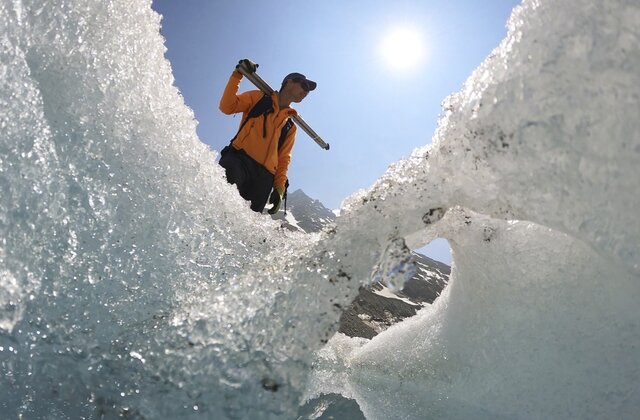The catastrophic collapse of the Birch Glacier in Switzerland in May was a wake-up call for the whole world. Shocking footage showed a powerful flow of ice and rocks crashing down on the village of Blatten, illustrating the rapidly growing risks to settlements located near melting glaciers.
In the case of Blatten, the timely evacuation of 300 residents prevented mass casualties, although one person is still missing.
“The impact of climate change on glacier systems is clear. This has serious consequences for communities whose livelihoods are directly linked to glaciers,” Ali Neumann of the Swiss Agency for Development said.
However, countries in the Himalayan region, where there are many glaciers, do not have resources comparable to those of Switzerland.
“From observation to data exchange, the entire monitoring chain in Asia needs to be modernised,” Stefan Uhlenbrock of the World Meteorological Organisation said.
Himalayan glaciers, which provide water for around 2 billion people, are disappearing at an unprecedented rate. The resulting glacial lakes and the degradation of permafrost are creating new risks of landslides and floods.
Experts believe that warning systems alone are not enough — construction and settlement principles in hazardous areas need to be reviewed. Although experts primarily attribute landslides to geological shifts, global warming is also considered a factor, albeit to a lesser extent.
The global average number of deaths per natural disaster is 189, but in Asia and the Pacific region it is much higher, at 338. The story of the Nepalese village of Til, destroyed by a landslide in May, is particularly telling. Twenty-one families survived, but only by a miracle.
“In Switzerland, people were evacuated in advance, but we didn’t have a second to save ourselves,” local activist Tashi Lhazom said. The contrast clearly shows the inequality between countries in their ability to protect themselves from climate threats.
